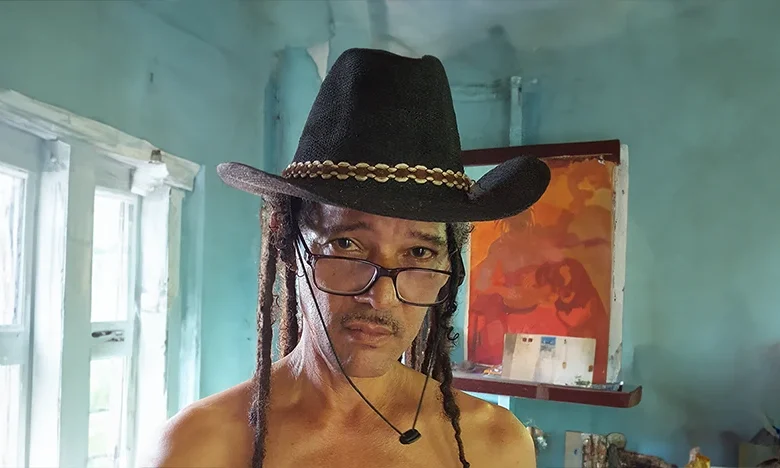Arnold Toulon

Arnold Toulon, born in 1962 in Roseau, Dominica, is a prominent Caribbean artist who is celebrated for his surrealist and abstract works. Growing up in an artistic family, Toulon’s early exposure to creativity came from his father, Francis Toulon, a well-known local craftsman and artist. Additionally, his cousin Carl Winston, a surrealist painter, greatly influenced Toulon’s artistic direction. Spending time in rural areas like New Florida Estate, Toulon’s passion for art deepened as he observed Winston at work, sparking a lifelong dedication to painting.
Arnold Toulon’s Education and Artistic Beginnings
Arnold Toulon’s formal education began at Saint Mary’s Academy in Dominica, where his artistic interests flourished. He participated in local theatre groups, including the National Youth Theatre, performing in plays and contributing to various community art projects. After high school, Toulon was awarded a scholarship to study at the prestigious Jamaica School of Art from 1982 to 1986, his time in Jamaica shaped his distinctive blend of surrealism and abstract expressionism with a Caribbean flair.
Toulon’s early works were heavily inspired by surrealist themes, often depicting dream-like, anamorphic figures. His exploration of color, texture, and form reflected the vibrant energy of the Caribbean. He was known for experimenting with different mediums, including oils, charcoal, and pencil, to convey layered and symbolic imagery.
Career and Major Exhibitions
Throughout his career, Toulon has exhibited his work across the Caribbean and internationally. He held solo exhibitions in Dominica, Martinique, St. Lucia, Antigua, and Grenada, as well as in Sweden and Paris. His most famous exhibition, “The Barmecide Feast,” held in St. Lucia, remains one of his largest and most acclaimed works. Toulon’s art also made its mark in high-profile group exhibitions, including at Harvard University and the Mutual Life Gallery in Jamaica.
Style and Influence
Toulon’s mixed Kalinago, African, and European heritage is central to his art. His paintings often feature the female form, multi-layered imagery, and the vibrant colors of the Caribbean, reflecting the region’s natural beauty and cultural complexity. His works, including “Sugar Baby,” showcase his unique ability to evoke Caribbean life through literal and abstract representations.




